Introduction
Whether you’re working on a DIY craft, creating insulation, or handling industrial foam projects, selecting the right foam cutter is essential to achieving a clean, precise cut. Foam cutters come in various types, each suited for different types of foam and cutting requirements. In this guide, we’ll explore the types of foam cutters, their ideal applications, and how to choose the best tool for your specific project.
Understanding Foam Cutter Types
Choosing the right foam cutter starts with understanding the available types and their strengths. Here are the most common foam cutters:
- Hot Wire Cutters
- Electric Knives
- Hot Knife Cutters
- Box Cutter Knives
Hot Wire Foam Cutters
Each cutter offers unique benefits depending on the type of foam, the intricacy of the design, and the project’s scale. Hot wire foam cutters are among the most popular tools for cutting EPS (Expanded Polystyrene) foam. These tools work by heating a thin metal wire, which then melts through the foam, creating a smooth and precise cut.
Ideal For:
- EPS Foam: Hot wire cutters work exceptionally well on EPS due to its lightweight structure.
- XPS Foam: Not as easy to cut as EPS polystyrene, XPS polystyrene would take more time to cut due to its higher density/firmness.
- Intricate Shapes: Perfect for projects that require detailed cuts or curved shapes.
Pros:
- Smooth, Clean Cuts: The heated wire melts through the foam, minimizing jagged edges.
- Low Waste: Since it melts rather than saws, there’s minimal foam residue.
Cons:
- Limited to Certain Foams: Hot wire cutters are not ideal for open cell/closed cell polyurethane or polyethylene foams.
Product Recommendation: For smooth cuts in EPS foam, consider our EPS products, which are easy to shape using a hot wire cutter. Explore our EPS polystyrene foam here. For higher density foam, please explore our Explore our XPS polystyrene foam here.
Electric Knives
Electric knives are versatile tools that are especially effective on both lightweight and medium-density foams. They feature a dual-blade system that oscillates quickly to slice through foam without compressing it.
Ideal For:
- Open cell foams: Electric knives are popular for cutting furniture and packaging foams.
-
Straight Cuts: Great for creating straight edges and flat surfaces.
- Efficient for Bulk Cutting: Quickly cuts through large amounts of foam.
- Portability: Often compact and easy to manoeuvre.
Cons:
- Less Precision on Intricate Shapes: Electric knives are best for straight cuts and may struggle with detailed patterns.
Product Recommendation: Use electric knives on our open cell flexible foams for smooth, medium-density foam cutting. View flexible PU foams here.
Hot Knife Foam Cutters
Hot knife cutters are similar to hot wire cutters but feature a thicker, heated blade. This type of cutter is better suited for denser foams and can make both straight and contoured cuts.
Ideal For:
- XPS and High-Density Foam: With its thicker blade, the hot knife can cut through dense materials with ease.
-
Outdoor Foam Projects: Often used in landscaping and construction applications.
- Handles Dense Foams: Hot knife cutters can easily cut through XPS and VH-grade EPS.
-
Versatile Cutting: Suitable for both straight cuts and some contoured shapes.
-
Slower than Hot Wire Cutters: Due to its thicker blade, cutting can take longer.
Box Cutter Knives
Box cutter knives offer a simple, cost-effective solution for cutting various foam types. They are particularly useful for cutting both EPS and closed-cell foams like PE (Polyethylene) and EVA (Ethylene Vinyl Acetate), where precision and control are less critical.
Ideal For:
- Cost-Effective DIY Projects: For straightforward cuts, a box cutter knife provides an affordable and practical option.
-
Closed-Cell Foams: Box cutters are well-suited to closed-cell foams like PE and EVA, as they can slice through with little resistance.
- Affordability: Box cutters are inexpensive and easy to find.
- Ease of Use: Simple to handle, they don’t require setup or power.
-
Portability: Compact and easy to carry, perfect for on-site adjustments.
-
Limited Precision: Box cutters aren’t ideal for intricate or curved designs and may not provide the cleanest edges.
Product Recommendation: For cost-effective projects or closed-cell foam cutting, our EPS and closed cell PE and EVA work well with box cutters. Explore EPS foam here and closed cell PE and EVA foam here.
How to Choose the Right Foam Cutter for Your Project
To select the best foam cutter for your project, consider the following:
- Type of Foam: Not all cutters work well with all foam types. For EPS, a hot wire cutter may be perfect, while for XPS or higher-density foams, a hot knife is recommended. Closed-cell foams like PE or EVA are easily cut with a box cutter.
- Project Scale: For large-scale or complex projects, electric knives offer efficiency, while smaller projects can often be completed with a box cutter or hot wire.
- Desired Finish: Hot wire and hot knife cutters generally provide cleaner edges with minimal debris, while box cutters and electric knives are effective for basic cuts.
- Budget and Time: Box cutters provide an economical option, while electric knives and hot knives offer more precision at a higher cost.
FAQs: Foam Cutting Basics
Can I use a hot wire cutter on XPS foam?
While possible, hot wire cutters are generally less effective on denser foams like XPS. For XPS, a hot knife cutter is typically more efficient.
Is a box cutter effective for thick foam?
Box cutters work well on thinner or lower-density foam sheets but may struggle with thicker or denser foams, which benefit from electric or hot knife cutters.
How can I minimize waste when cutting foam?
Hot wire and hot knife cutters produce minimal residue, especially compared to box cutters. Choose a cutter based on the material and type of cut you need to make.
Conclusion
Selecting the right foam cutter is key to achieving professional-looking results for your project. Hot wire cutters are perfect for detailed EPS projects, hot knife cutters handle XPS with ease, and box cutters offer a practical and budget-friendly solution for straightforward cuts. By choosing the right tool, you’ll save time, minimize waste, and achieve the best finish possible.
Need advice on choosing the right foam or cutter? Contact us today, or explore our full range of foam products on our homepage.
Phone: 1800 362 626 (1800 FOAM CO)
Email: sales@thefoamcompany.com.au


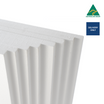
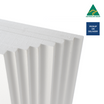
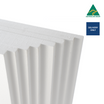
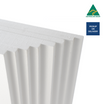
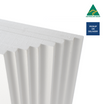
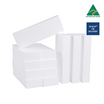
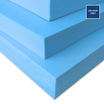
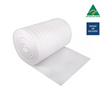
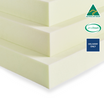

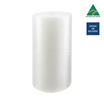
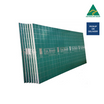
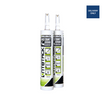

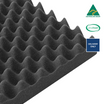
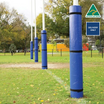
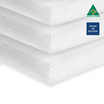
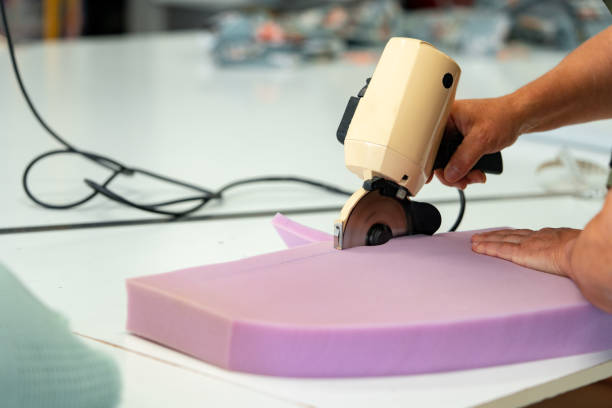
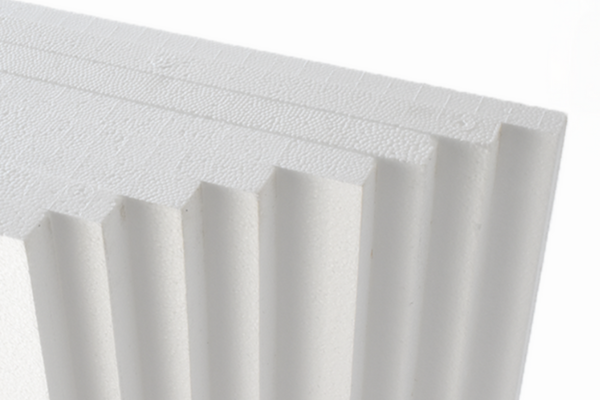
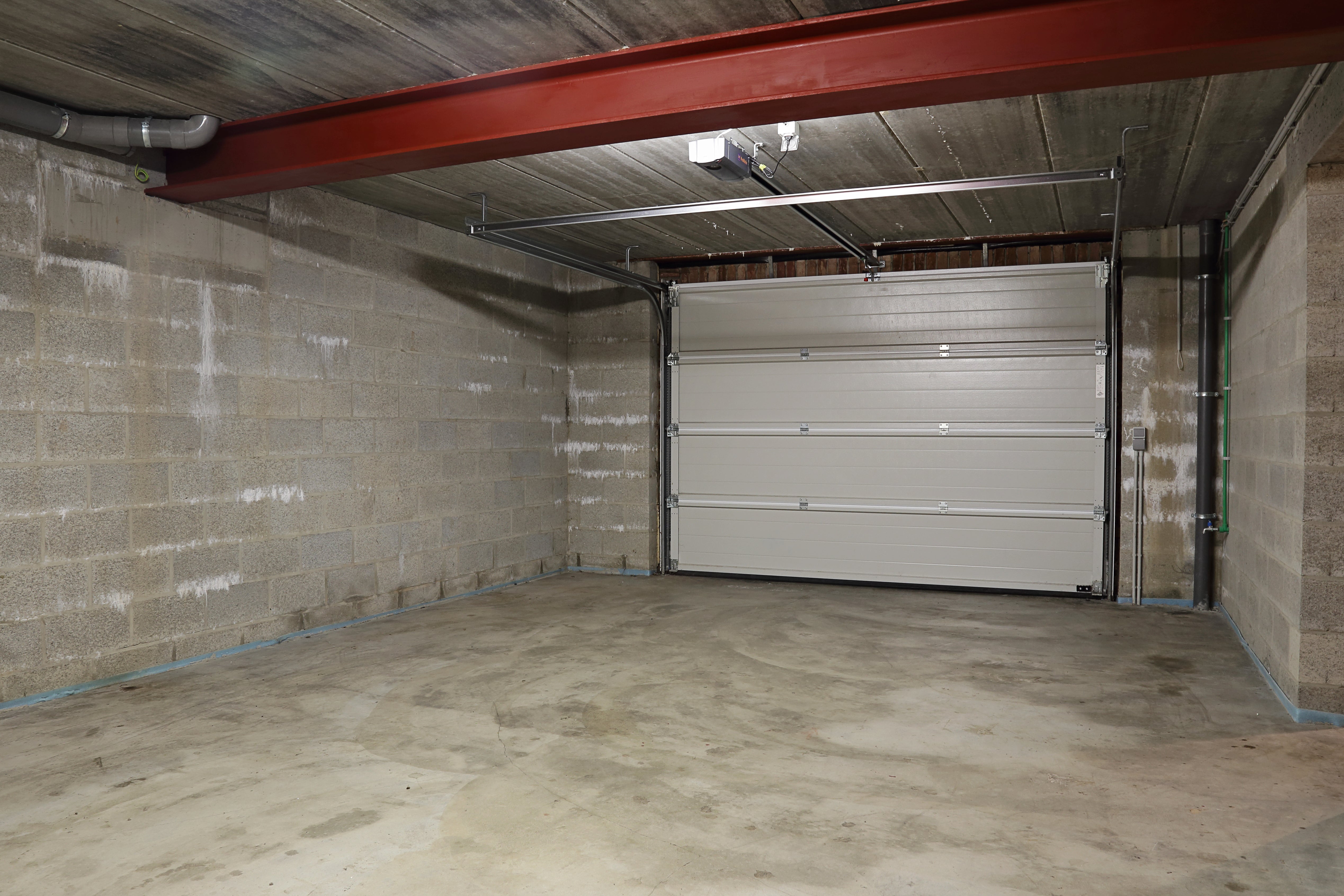
Leave a comment
This site is protected by hCaptcha and the hCaptcha Privacy Policy and Terms of Service apply.